BuySellBA
Administrator
Buenos Aires housing deficit: Why there are more than 200,000 empty homes and in which neighborhoods they are - Infobae

Source:
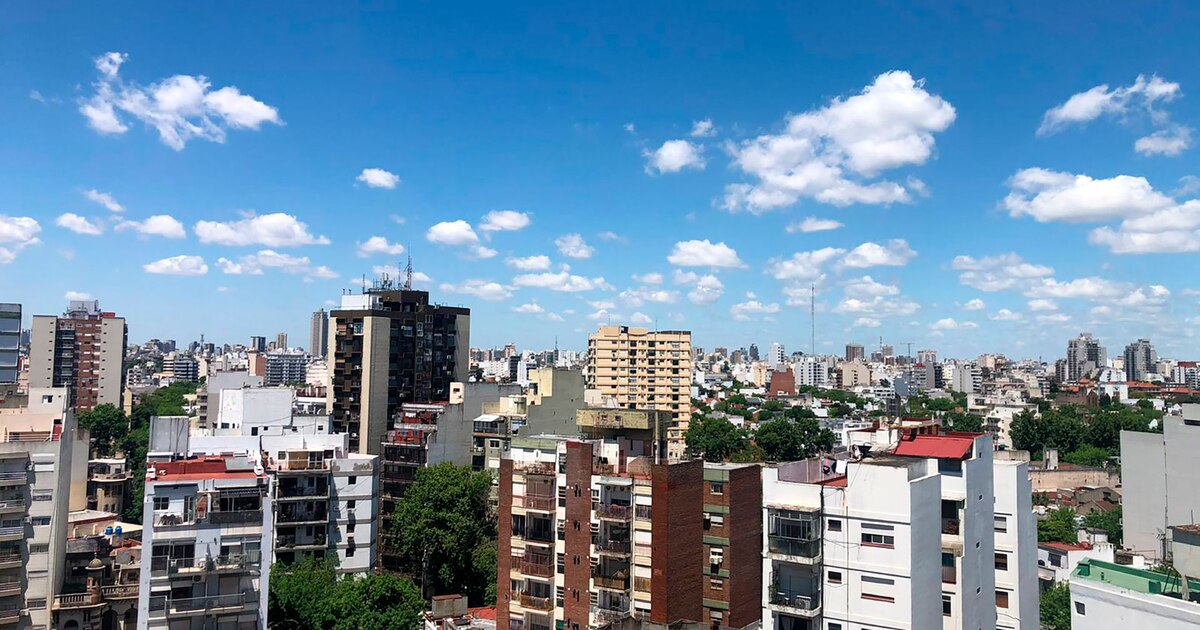
Déficit habitacional porteño: por qué hay más de 200.000 viviendas vacías y en qué barrios están
Recoleta, Microcentro y Once presentan una cantidad de viviendas vacías que triplica y duplica, respectivamente, la media, a pesar de tener poca actividad de nueva construcción
April 19, 2024
Recoleta, Microcentro and Once present a number of empty homes that triple and double, respectively, the average, despite having little new construction activity
By José Luis Cieri
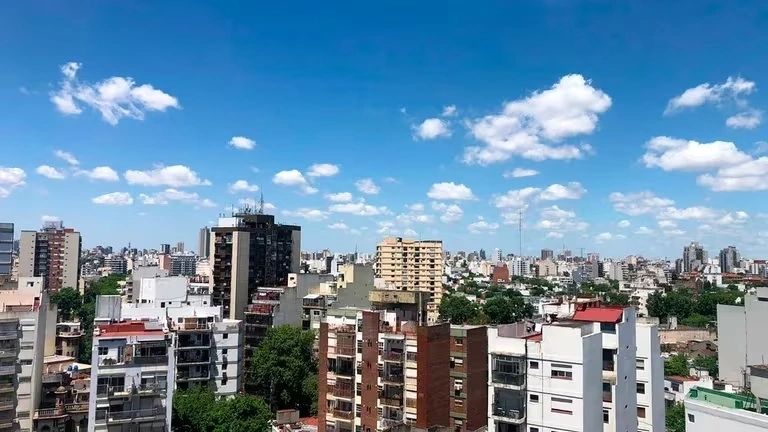
The housing deficit grows but there are more than 223,000 uninhabited units in the city of Buenos Aires
In the city of Buenos Aires, the housing deficit continues to be an issue of great concern. According to the 2022 Census, the initial distinction between occupied homes allowed an approach to the problem of uninhabited units by choice of their owners.
This analysis revealed 223,096 properties that, despite being suitable for habitation, remain empty. But the final results of the Census, released at the end of last 2023, gave greater clarity to this situation.
Among the reasons determined by a census taker to classify a home as unoccupied are its temporary use, such as offices or shops, being under construction, for rent or sale, or simply not finding anyone at the time of the Census.
The recent report carried out by Alianza Urbana also determined that out of 1,615,300 homes in CABA, 86.1% received census takers, while the remaining 13.9% did not.

Source: Fundación Tejido Urbano, here is a summary of the results of the 2022 Census
The communes with the greatest construction activity are not the ones with the most empty homes. The data indicates that neighborhoods with little recent development, such as Recoleta, Microcentro and Balvanera, have the highest rates of unoccupied properties.
Santiago Levrio , institutional director of the Urban Alliance, acknowledged to Infobae that “several of these properties remain empty due to their uninhabitable state, ownership problems or their potential commercial use. These areas, some of the oldest in the city, face the challenge of converting these spaces to meet current housing needs.
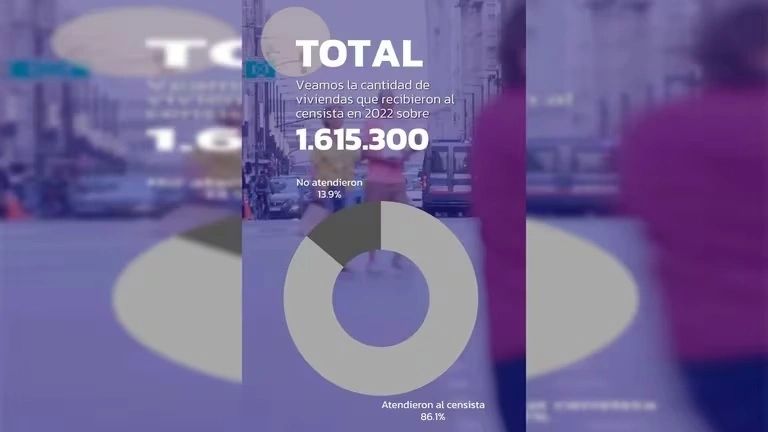
Housing and census
Faced with this reality, it is suggested to promote credits to renovate the affected homes and streamline succession processes through auctions, as possible solutions.
Architect Micaela Alcalde , academic director of Alianza Urbana, said that “the housing deficit is a complex issue that involves different factors, including the number of idle homes. According to the final data from the 2022 CENSUS, those that were not visited by the census taker are categorized as idle housing and, therefore, are assumed to be empty. However, it is important to differentiate between a momentarily empty home and one that is permanently unoccupied. A detailed analysis reveals that there are various ways of using these properties that should not necessarily be considered idle. This nuance is crucial to understand the real magnitude of the housing deficit and propose effective solutions.”
It is estimated that there are more than 50,000 units in poor condition and that they could be renovated and put in conditions to be inhabited or rented again.
Although it only represents 3% of the city's homes, “it is crucial to address this problem with serious and pragmatic state policies, far from ideologies or electoral interests,” Levrio added.
There are several reasons why owners choose not to offer their homes for rent, keeping them empty.
One of the main factors is the presence of regulations that can negatively affect the profitability of renting your properties.
Mayor clarified: “For example, after the implementation of the Rental Law, an increase was observed in the number of unoccupied homes or homes put up for sale, evidencing the impact of said regulations on the owners' decisions. Additionally, situations where a home sustains significant damage can lead to repair costs outweighing the benefits of renting it, thus disincentivizing homeowners. “This type of problem not only affects property owners but also potential tenants, further complicating the rental market landscape.”
What happens with construction
Construction continues in areas where demand justifies new homes and reflects the complexities of the Buenos Aires real estate market.More than 50,000 units are currently estimated to be under construction in CABA. The large percentage is located between the northern area of Buenos Aires and other routes such as Villa del Parque and Villa Devoto.
It is essential to improve living conditions in the least attractive communes to encourage settlement and revitalization of these areas.
Surprise fact
An interesting finding presented by the report indicates that in the communes with the greatest construction activity (6, 12, 13 and 14), the percentage of empty homes is lower than the city average: 2.6% compared to 3.1 percent .Commune 6, which corresponds to Caballito, stands out for being one of the neighborhoods with the largest number of construction projects underway. Commune 12 includes Coghlan, Saavedra, Villa Urquiza and Villa Pueyrredón; Commune 13 brings together Belgrano, Núñez and Colegiales; and commune 14, which encompasses Palermo, has been another of the sectors that has experienced significant construction development in the last 25 years of the city.
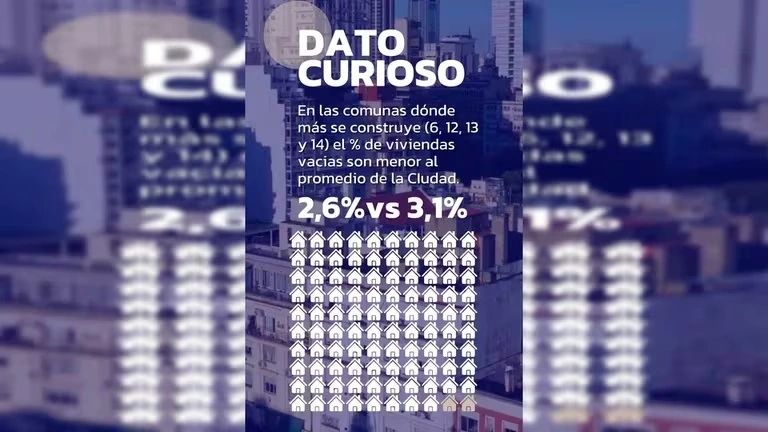
Source: Urban Alliance
“There is a perception that where more construction occurs, the greater the number of empty homes. Contrary to this, the communes with the greatest construction activity, such as 6, 12, 13 and 14, register a percentage of empty homes lower than the city average, without a clear reason why they are uninhabited,” explained Levrio.
In contrast, communes 2 (Recoleta), 1 (Microcentro) and 3 (Once) present a number of empty homes that triple and double, respectively, the average, despite having little new construction activity.
“This supports the idea that construction is focused where there is demand,” the specialist added.
Detail
The report also revealed the reasons why those homes did not receive the census taker and are considered “unaccompanied” properties. Below are details:- The home is used for vacations, weekends, as a second home or other temporary use.
- The home is used as an office, office or business.
- The home is for rent or sale.
- The house is under construction.
- People usually live there, but they are not present.
- Another situation.
Activity
The data also revealed that in the areas with the most construction there are fewer empty homes, a reflection of a large and diverse city where certain communities experience a housing deficit and, therefore, continue to be the focus of new real estate projects.Levrio pointed out that in the four communes that bring together two-thirds of the construction works, the population increases above the number of available homes, evidencing their success and ability to attract more residents. “In contrast, there are communes where the population decreases due to unattractive living conditions, leading to an outflow of inhabitants,” he said.
The proposed solution is to improve the conditions of these areas to encourage a desire to live in them, maintaining that in the real estate market it is demand that generates supply, and not the other way around.
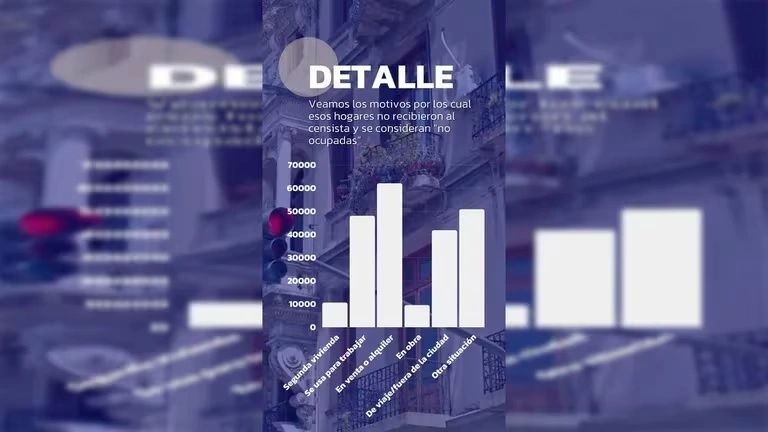
Source: Urban Alliance
The report highlights that 3% of homes remain empty for no clear reason. Areas such as Recoleta, Microcentro and Once are the oldest, but they also have the highest index of unoccupied properties. This phenomenon could be explained by the presence of properties in non-habitable conditions, the existence of property disputes or succession processes in progress.
These circumstances probably influence the owners' decision not to rent their homes.
In these communities, vacant properties are often used for a variety of alternative uses, such as online sales outlets, showrooms, warehouses, medical offices, or even spaces for activities such as yoga or massages.
“This multifunctionality suggests that, beyond the problems mentioned, there is a diversification in the use of spaces that is not always adequately recorded during the census, leading to classifying these homes in the category of another situation . This scenario indicates a complexity in the management and use of properties that goes beyond mere housing occupation,” Levrio concluded.
www.buysellba.com

